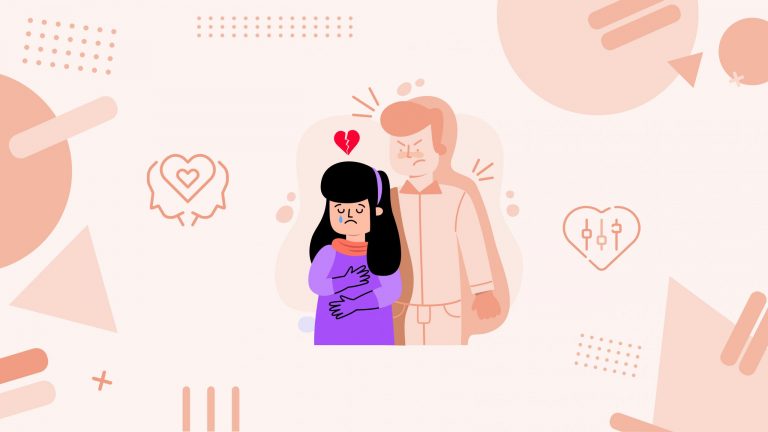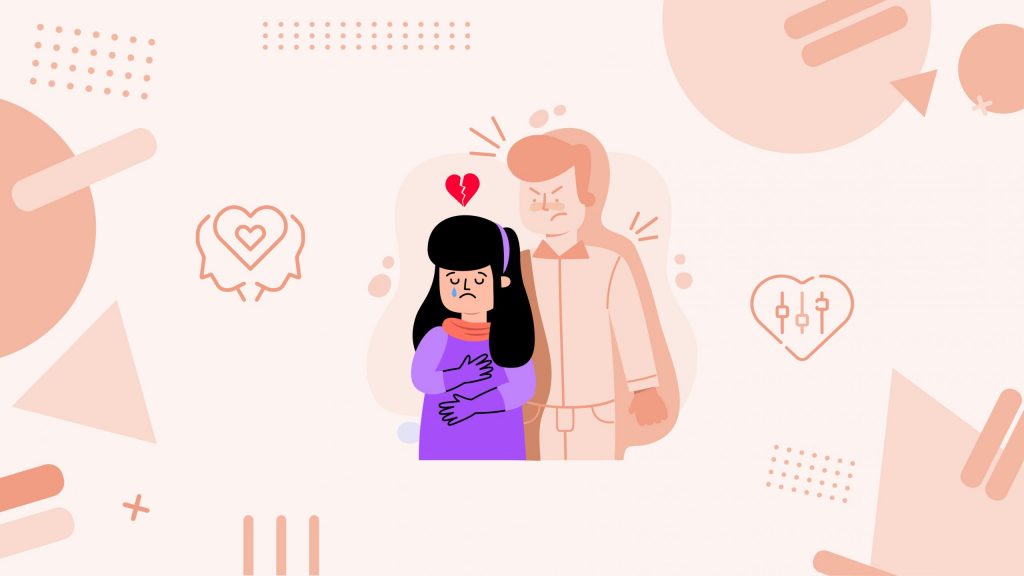Navigating Emotional Distance
Ever felt like there’s an invisible wall between you and your partner? That’s emotional unavailability for you—it’s tricky, it’s frustrating, and boy, does it put a damper on things! Imagine trying to connect, but every attempt just seems to bounce back, leaving you wondering, “Why won’t they open up?” or “Am I doing something wrong?”
You’re not alone in this. Many of us grapple with these feelings, battling this unseen barrier that not only stifles our chance at deep connections but can also sprinkle our relationship with a good dose of loneliness and sadness. It’s like being in a room together, yet miles apart, where the silence speaks louder than words.
This wall, invisible yet palpable, doesn’t just appear out of nowhere. It’s built from missed cues, unspoken feelings, past hurts, and sometimes, a fear of vulnerability. Navigating this emotional distance requires patience, understanding, and often, a helping hand from communication and empathy.
Breaking down this wall won’t happen overnight. It involves peeling layers of emotions, understanding the roots of unavailability, and sometimes, confronting the uncomfortable. But the effort? It’s worth it. Because on the other side lies the possibility of a deeper, more fulfilling connection. So, let’s talk about dismantling this barrier, piece by piece, so we can move closer to understanding each other’s worlds, healing, and ultimately, thriving together.
The Science of Emotional Withdrawal
Ever wondered why some folks just seem locked up emotionally, like they’re wearing an invisible mask? It’s not just a mood—it’s a deep-rooted neurological phenomenon. When we talk about emotional unavailability, we’re diving into the brain’s sophisticated mechanisms for dealing with stress and trauma.
Our brains are like supercomputers that remember every hiccup and heartache. For those who have faced past traumas or persistent negative experiences, their brains have learned to slam the emotional gates shut as a defense strategy. This isn’t just being standoffish—it’s a protective measure wired deep within their neural circuits, developed over time to avoid pain.
Let’s dive a bit deeper into neuroscience: Key players in this scenario are the amygdala and the prefrontal cortex. The amygdala, our emotional watchdog, is always on the lookout for emotional upheaval. It processes our feelings, tagging them as good, bad, or ugly. The prefrontal cortex, on the other hand, acts like a cool-headed manager. It decides how we should respond to these emotional triggers. When functioning optimally, it assesses the amygdala’s alarms and determines the best rational response.
However, in cases of emotional withdrawal, the communication between the amygdala and the prefrontal cortex can become skewed. The amygdala might send constant, overwhelming distress signals about emotional intimacy, which the prefrontal cortex interprets as actual threats. As a result, the prefrontal cortex might decide the safest bet is to shut down emotional outputs—essentially putting up a ‘Do Not Disturb’ sign on a person’s emotional expressiveness.
Additionally, the hippocampus, the part of the brain responsible for processing memories, plays a role too. It links certain memories with emotional states. If past relationships or experiences were harmful, the hippocampus might signal that opening up emotionally leads to pain, reinforcing the brain’s tendency to close off as a precaution.
Subscribe to newsletter
Get your Gut Health Starter Guide right now.
Elevate your Tuesdays with practical, science-backed wisdom propelling you forward on your gut health journey.

Steps to Emotional Engagement
Breaking through emotional unavailability requires patience, understanding, and strategic actions:
- Encourage Open Communication: Create a safe space for dialogue. Encourage your partner to express their feelings without fear of judgment or retaliation.
- Self-reflection and Awareness: If you’re the one struggling with being open, spend time reflecting on your emotional barriers. Identify specific instances or triggers that make you withdraw.
- Seek Professional Help: Therapy can be an invaluable resource for individuals and couples. A therapist can help unravel the underlying issues behind emotional unavailability and facilitate healthier communication practices.
- Practice Vulnerability: Start with small steps. Sharing minor vulnerabilities can gradually build trust and open the door to more significant emotional exchanges.
- Cultivate Emotional Intelligence: Engage in activities that enhance your emotional intelligence, such as reading books on emotional development, practicing mindfulness, and participating in workshops.
Triumph Over Emotional Barriers
Meet Alex, a 42-year-old software developer who, for years, found himself trapped behind the walls of emotional unavailability. This invisible barrier strained his marriage, leaving him feeling disconnected and misunderstood. “I never understood why I felt so distant until I started therapy,” Alex recalls. His therapist helped him uncover that his emotional withdrawal was not a personal flaw but a defense mechanism, a survival strategy stemming from his turbulent childhood.
Through continuous therapy and dedicated self-work, Alex learned to identify and express his feelings, a journey he describes as transformative. “The journey wasn’t easy, but it was worth it,” Alex shares. “Learning to open up transformed my marriage. We’re closer than ever, and I feel more in tune with my own emotions.”
One evening, Alex and his wife sat down for what became a turning point in their relationship. It was just another quiet night at home, but for Alex, it was a battlefield of emotions. As his wife spoke about feeling alone in their marriage, Alex felt the old urge to retreat. But this time, he stayed. He listened. And for the first time, he openly shared his fears and past pains. That night, they didn’t just talk; they connected on a level they hadn’t in years.


















